Khayyam mausoleum where math, poetry meet astronomy
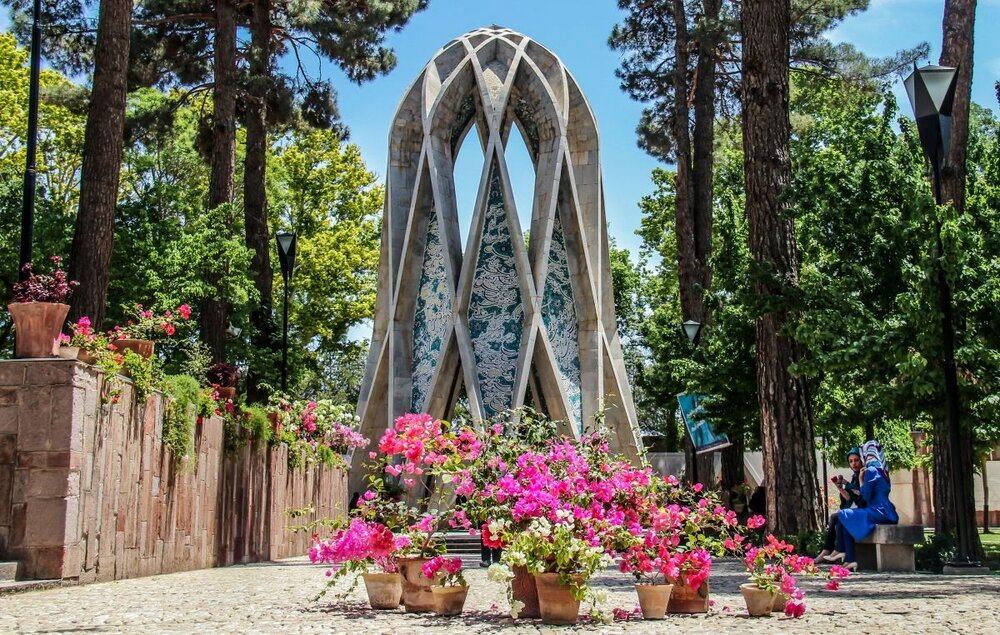
TEHRAN - Not so big but lavishly tiled, the mausoleum of scientist-poet Omar Khayyam is like a giant calligraphic vase inscribed on crisscrossed marble.
Situated in a well-manicured garden in Neyshabur, northeast Iran, the mausoleum is where the 12th-century Persian polymath, mathematician, astronomer, historian, philosopher, and poet is laid to rest.
It is nice to know that no special building was built as Khayyam’s tomb from the time of his death until the mid-20th century.
It was that time when a proposal was made to build a tomb worthy of this scientist and poet, and the National Works Association took responsibility for it. Professor Houshang Seyhoun, a prominent Iranian architect, was chosen as the designer of this building.
Finally, the construction of the tomb was completed in 1962 and it was officially opened in April 1963.
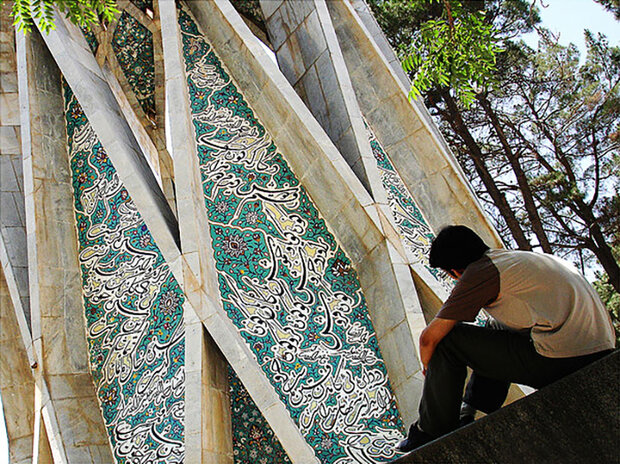
For the design of Khayyam's tomb, three important points have been considered, and that is mathematics, poetry, and astronomy. In fact, the architect attempted to crystallize these three important aspects of Khayyam's character in his tomb.
The structure of Khayyam's tomb has ten bases. Given the importance of the number ten as the first two-digit number and the base of the main numbers, this is a kind of symbol of Khayyam's activities in the field of mathematics.
Furthermore, at the collision of the building’s blades, one can see star-like shapes that represent Khayyam's astronomical face. Some parts of the building have been designed by quatrains of Khayyam which have been written with a suspension line.
Khayyam's specialized museum is located next to his tomb, which displays observational and astronomical instruments, various types of pottery and manuscripts, and paintings related to Khayyam.
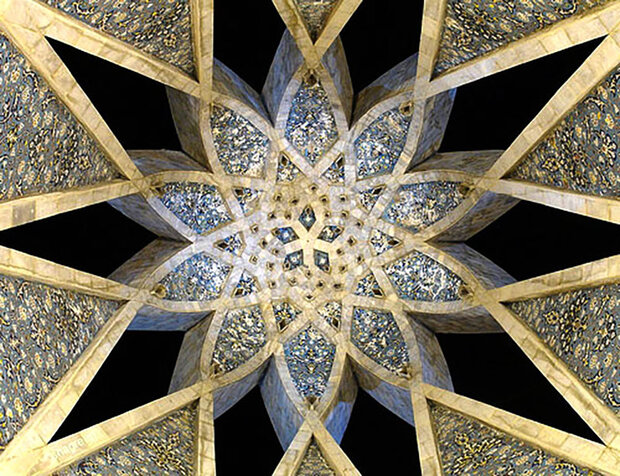
Adjacent to the mausoleum, there are several shops that, in addition to displaying works of art with turquoise, allow tourists to buy authentic Neyshabur souvenirs. Neyshabur turquoise stone has always been very famous and the ring with turquoise jewel is one of the most expensive and valuable souvenirs of this city.
Beyond the motherland, Khayyam is primarily known to English-speaking readers through the translation by the English writer Edward Fitzgerald of a collection of his Rubaiyat (“quatrains”) in “The Rubaiyat of Omar Khayyam” (1859).
In fact, each of Omar’s quatrains forms a complete poem in itself. It was FitzGerald who conceived the idea of combining a series of these Rubaiyat into a continuous elegy that had an intellectual unity and consistency.
According to Britannica, FitzGerald’s ingenious and felicitous paraphrasing gave his translations a memorable verve and succinctness. They are, however, extremely free translations, and more recently several more faithful renderings of the quatrains have been published.
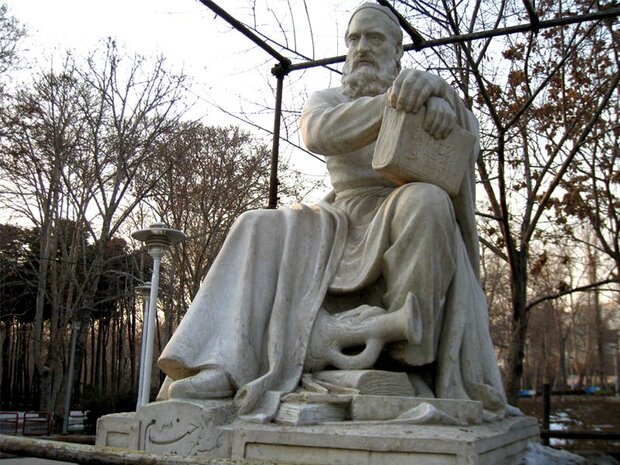
In ancient times, Neyshabur was one of the most significant cities in Iran. It was home to many great men of science, art, and culture and today it hosts tourists who go to visit the relics of that period.
Situated some 70 km west of Mashhad, Neyshabur was founded around the third century CE. Narratives say the town derived its name from its alleged founder, the Sasanian king Shapur I.
It grew to prominence in the eighth century and was ruined by invasions and earthquakes in the thirteenth century. After that time, a much smaller settlement was established just north of the ancient town, and the once-bustling metropolis lay underground—until a team of excavators from the Metropolitan Museum arrived in the mid-twentieth century.
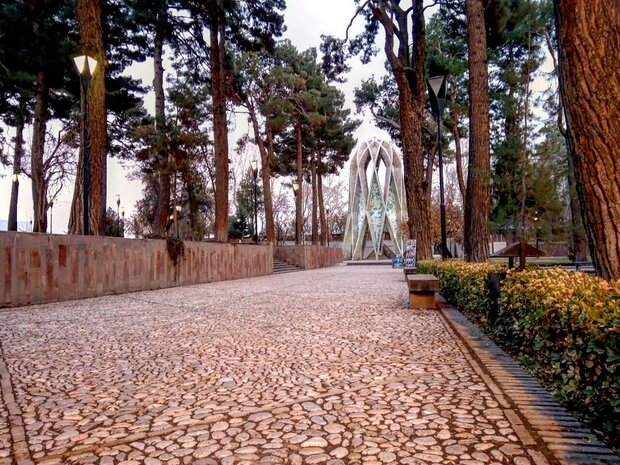
Neyshabur underwent rounds of excavation as of 1935 by experts from the Department of Near Eastern Art at The Metropolitan Museum of Art. According to the Metropolitan Museum of Art, its affiliated archaeologists worked at Neyshabur between 1935 and 1940, returning for a final season in the winter of 1947–48.
The excavators had been drawn to the city due to its fame in the medieval period as a regional capital and it was home to many religious scholars. It was also known as an economic center.
Neyshabur was once situated on the trade route known as the Silk Road, which ran from China to the Mediterranean Sea, crossing Central Asia, Iran, Iraq, Syria, and Turkey along the way.
AFM
Leave a Comment